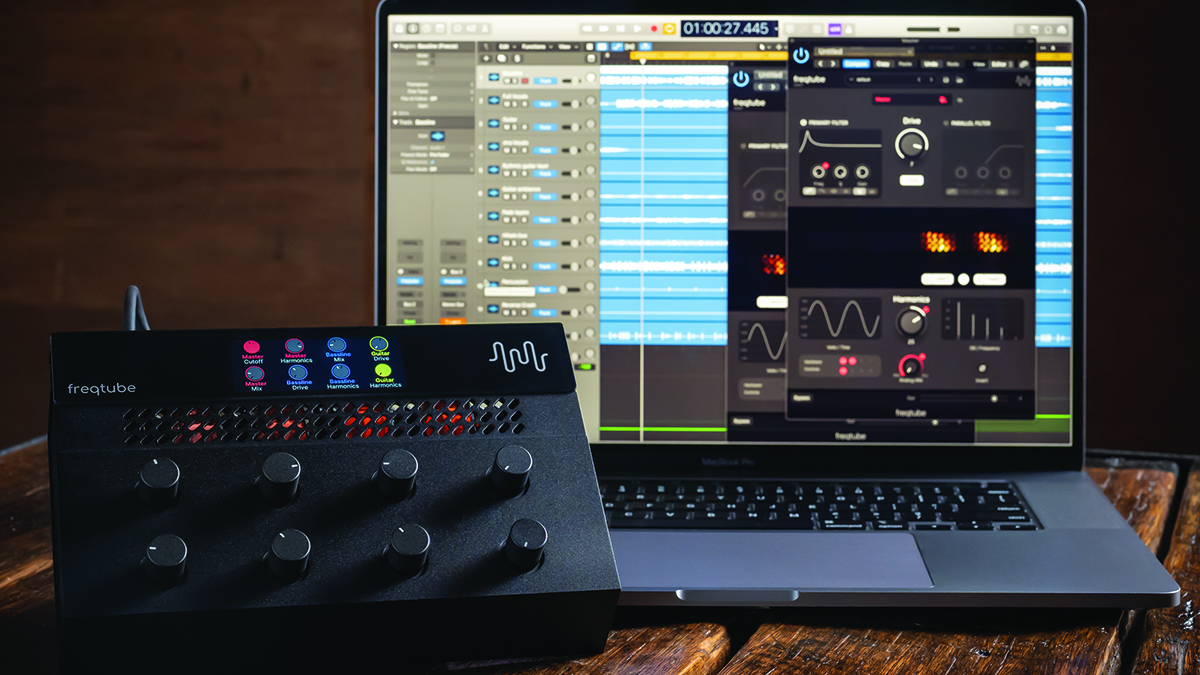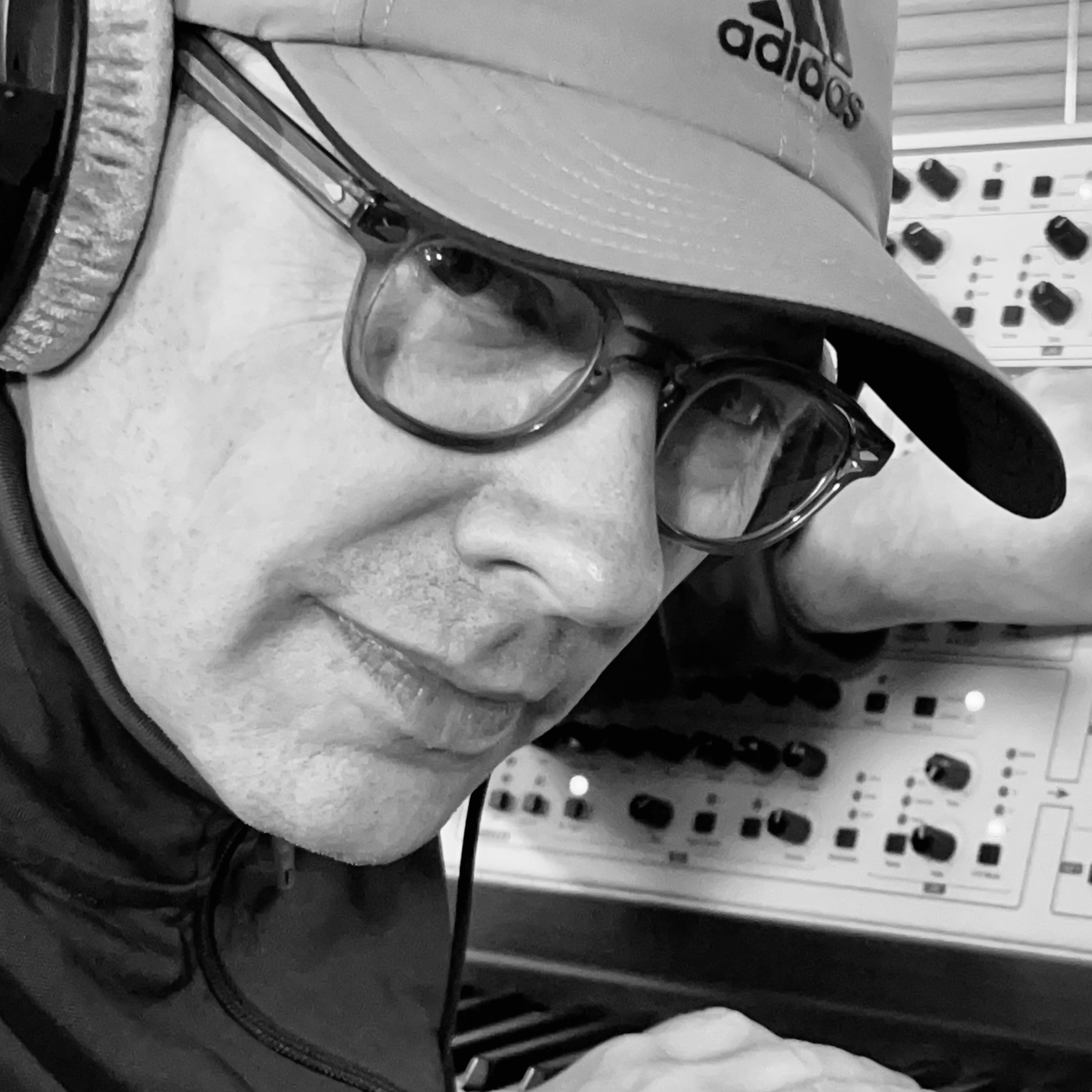MusicRadar Verdict
As a technical achievement, this is an absolute triumph, with a depth of colouration that’s flexible in many settings.
Pros
- +
Provides beautiful degrees of colouration (if used sparingly!).
- +
Gives an audio signal a huge distorted kicking (if driven to destruction!).
- +
The hardware is skilfully engineered.
- +
Uniquely seamless integration between analogue and digital technologies.
- +
If you like ‘warmth’, you’ll love this.
Cons
- -
It’s expensive for a plugin, but the hardware is great.
- -
Valves will give out eventually.
- -
The power button is fiddly to locate.
MusicRadar's got your back
Freqport Freqtube FT-1: What is it?
Since digital became the norm for music production, there has been a persistent cry from analogue die-hards and audiophiles that digital just doesn’t cut the sonic mustard, with one adjective being mentioned more than any other: warmth. But what is warmth, and why is it such a big deal to your reputation if your recording isn’t deemed to have it?
Ask ten different engineers, and you’ll get ten different answers, because it’s not an easy thing to quantify. But one thing is for sure: analogue signal paths add impurity and a level of distortion to the signal, which our brains broadly perceive as a nice ‘fuzziness’ around the sound we’re focussing on. In plugin terms, it’s become the pursuit of many audio software companies to effectively mimic that effect, and there have been some incredible successes in this realm in recent years, in the guise of both synth-based plugins and audio effects.
But what, you may ask, if you could take this concept to the next level and actually integrate analogue into the signal path, in such a discrete way that it would be as simple as using a regular plugin and piping your signal through analogue circuitry? Well that’s what the clever folks at Freqport have managed to accomplish, through their recently produced box-of-analogue-tricks called the Freqtube FT-1.
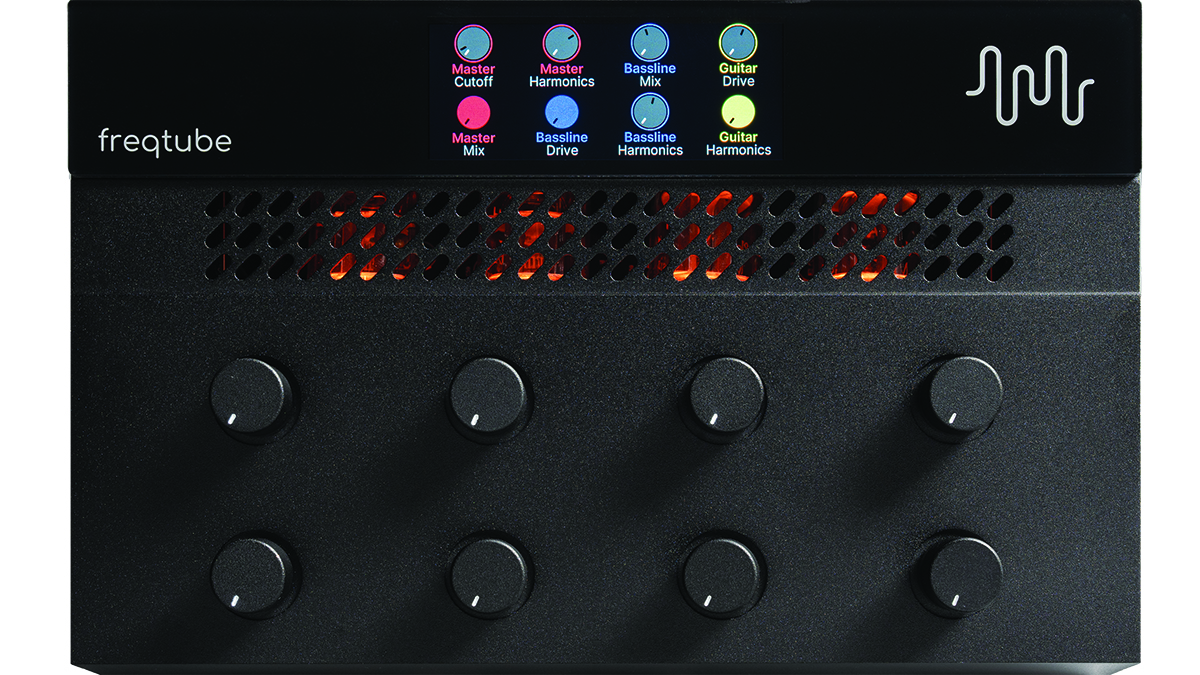
Getting warmer
There are two elements involved with the FT-1; firstly, there is a small metal desktop box (which can also be rack-mounted with a kit that’s available separately) which measures 205 x 130 x 50mm in size, and houses four vacuum tubes, aka valves. These are the sort of thing that you will see in vintage hi-fi amplifiers and valve-based guitar amps. As any valve user will tell you, they get perishingly hot, so the casing acts as a protective holding space, sparing inadvertent accidents.
The casing is beautifully engineered, featuring a crisp colour display which presents information relating to eight pots, laid out below. This allows flexible real-time control, direct from the hardware, with guidance drawn from the display and computer screen, simultaneously.
Around the back is a USB-C connection, allowing the supplied USB-C to USB-A cable to be plugged directly into your computer. We tested the FT-1 through a powered USB hub, with no adverse affects. There’s also a DC connection point, for connecting the supplied 24w power supply, which is required to equip the valves with enough juice to perform. The on/off switch can also be found around the back, but it’s admittedly a little difficult to access, due to its small size and location.
Inside the casework there are four valves, which are paired, although they can also be singularly split via the software to behave in a mono capacity. The valves contained within are two E83CC tubes, which are well known in amplifier circles for their low noise and superior definition, coupled with two 12AT7 valves, which are excellent for enhancing frequency content, without the early onset of distortion.
Want all the hottest music and gear news, reviews, deals, features and more, direct to your inbox? Sign up here.
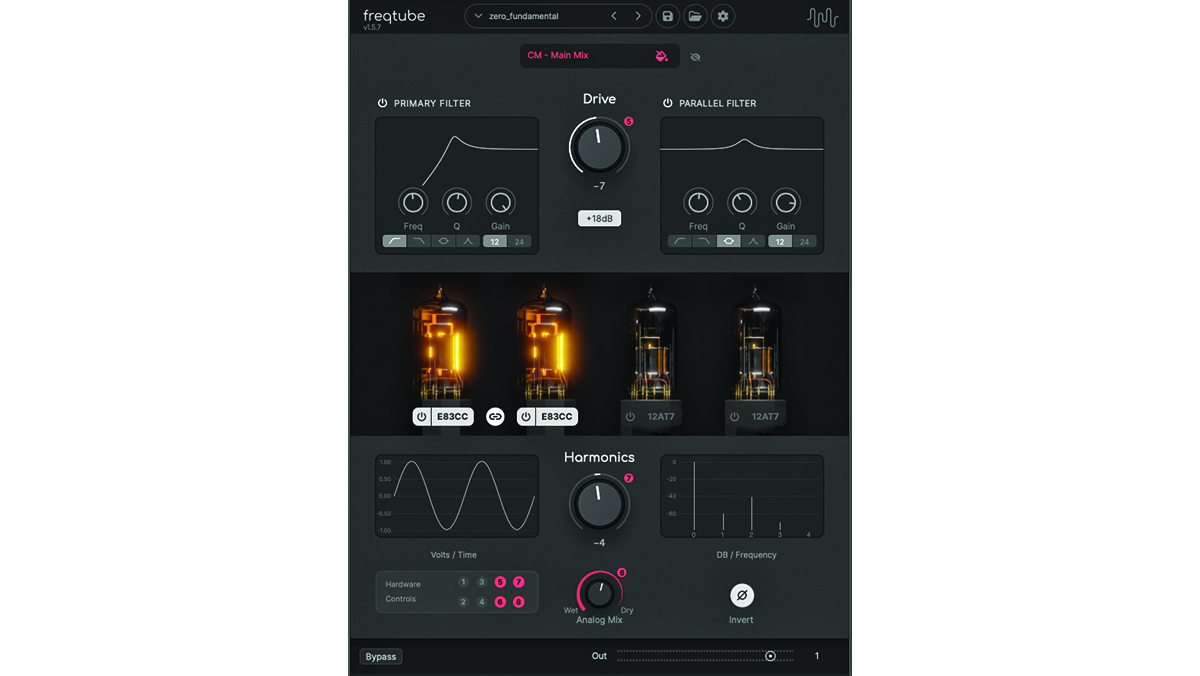
Freqport Freqtube FT-1: Performance and verdict
In order to access the valves/tubes, you’ll need to install the second element, the accompanying software; the Freqtube Hub software scans immediately for firmware updates, while the plugin element adopts the usual formats of AU, VST3 and AAX.
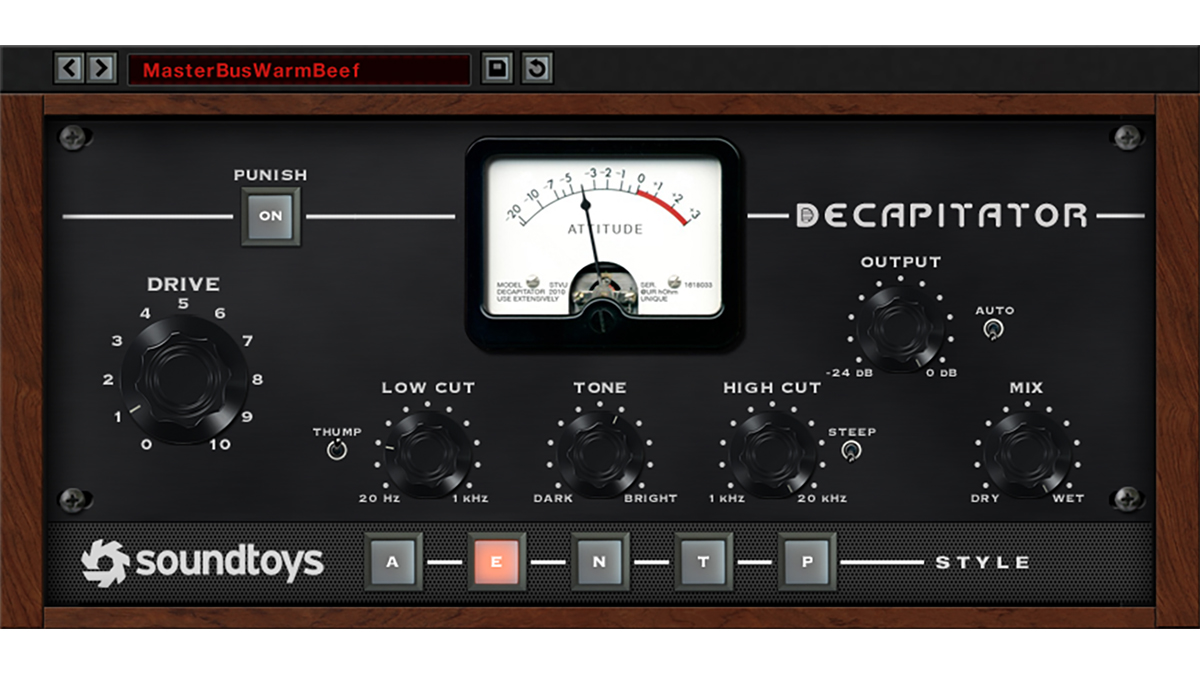
• Soundtoys Decapitator
Something of a standard for many saturation and distortion situations. It’s got something for every style.
• SSL Native X-Saturator
A deceptively simple saturation plugin which immediately warms and colours a signal.
Once installed, loading the plugin into your DAW magically brings the box-o-valves to life. The valves radiate beautifully from within the casework, emitting that signature orangey glow, and should you get cold in the depths of winter, you can use the heat that’s vented from the front panel as a toasty handwarmer.
Turning our attention to the plugin part of the equation, the effects are very much a sum of parts. In the upper part of the plugin window, there is a Primary and Parallel filter. Both can be switched between active/de-active status, while providing high and low filtering, bell-curve and band-pass filtering. While these are described as filters, they have obvious connections with EQing, and are aurally excited by the increase of the central Drive pot.
We first of all started to experiment with the plugin by playing a pre-mixed, but unmastered, track through the plugin and unit. With both of the filters switched off, we began by increasing the drive pot. The immediate saturation was very apparent, and while distortion levels quickly turned obscene, backing off the drive pot subsequently resulted in a really rather pleasant degree of colouration.
This basic experiment underlies the flexible nature of the plugin and hardware; it’s absolutely ideal as a back-end mastering tool, where that ‘warmth’ quotient can be applied to varying degrees, depending on the result you wish to obtain. However, we were immediately enthused by the possibility of placing the filters under automated control, to create heavily saturated synth lines.
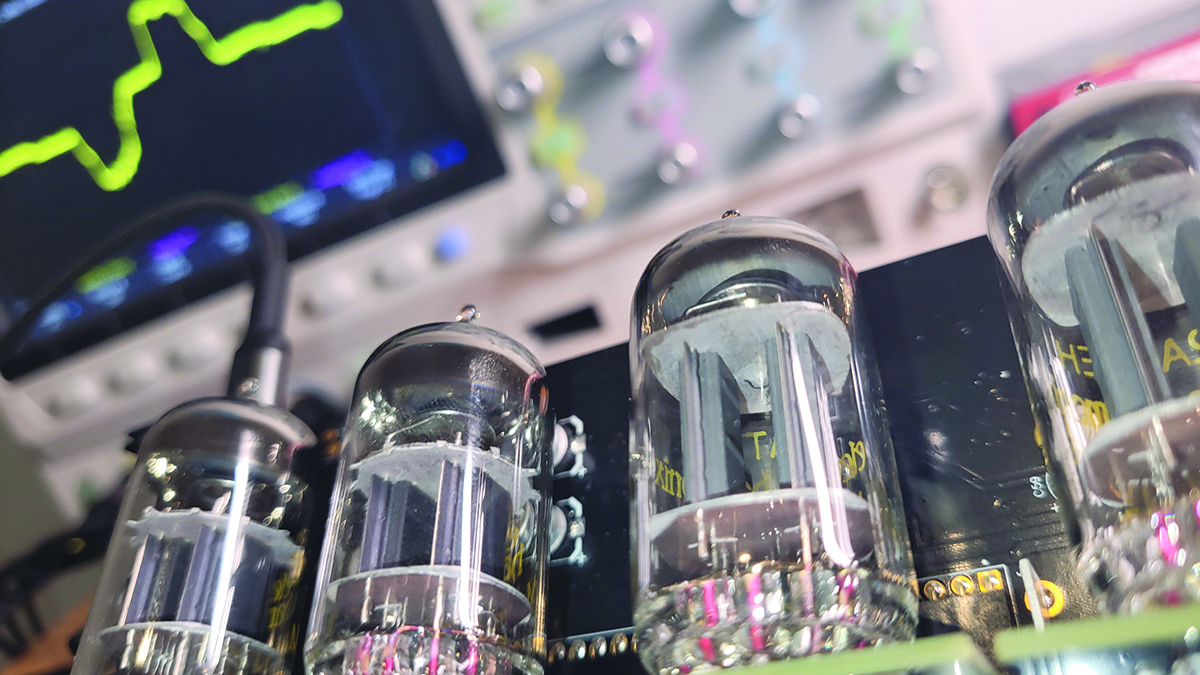
Tubular swells
This also brings us to another area of flexibility, where the tubes may be paired with different instances of the plugin, so you can quite happily pair one set of tubes on the master bus, while using the remaining two tubes as mono signal paths. On the flipside though, it does also highlight a major shortcoming, which is that while you can use multiple instances of the plugin, you can only address the valves one at a time. Once you’ve deployed and used a valve, it can only be used in this instance, meaning that at best you’ll only be able to use four instances in mono, or two instances in stereo, or a combination of the two.
Towards the bottom of the plugin window, there is a form of harmonic control, which allows the highlighting and exciting of the incoming audio. In extreme form, this can be rather destructive to a mix, with frequencies being obscured. When used subtly, it can add a degree of sparkle to a mix. This can, in turn, be applied sparingly, using the wet/dry mix control, located toward the bottom of the plugin window.
One of the niceties accompanying the FT-1’s way of working is the ability to align the eight hardware pots with the software. It’s obviously no hardship to use the mouse, but having capacity to tweak different elements of saturation simultaneously is a very nice way to work. The hardware display mirrors your pot’s control settings, using numbers to indicate which of the pots applies to which control on the plugin GUI.
You’d also be forgiven for thinking that latency might be an issue. It certainly wasn’t something that we were aware of during our testing. The signal clearly passes through the valves at some speed, and given that the processing is taking place within the hardware, there was no CPU pull on the system.
Full-tube ahead!
In our brief time with the Freqtube FT-1, we were definitely impressed. Sonically, it provides an enormous amount of colour, so much so that we loved it in various scenarios. Used subtly, its warming qualities coloured and compressed our mixes by osmosis, resulting in some truly appealing audio examples. Pushing to an extreme, it had our 101/303 synth lines ripping and distorting to such a degree, that it made us want to liberally apply it to a lot more than we had capacity for.
It had our 101/303 synth lines ripping and distorting so hard, we wanted to liberally apply it everywhere
It’s perhaps this final point that we need to ponder most of all though; the Freqtube FT-1 is undeniably a premium product, with an audio character which is undeniably a cut above the rest, but given its price tag, it’s considerably more expensive than many other fine plugins that will yield similar results. Moreover, you’ll also be able to use continual instances of these, where the FT-1 will run out of tube capacity at a certain point in time. The trade-off of this, however is that you won’t get a beautiful box for your desk, that warms your room, your mix, and your soul, and that could be worth the expenditure in itself.
MusicRadar verdict: As a technical achievement, this is an absolute triumph, with a depth of colouration that’s flexible in many settings.
Freqport Freqtube FT-1: The web says
"If you want to add real valve warmth to your tracks whilst remaining entirely in the box, the Freqport FT‑1 is currently the only game in town."
Sound On Sound
Freqport Freqtube FT-1: Hands-on demos
Freqport
White Sea Studio
Sweetwater
MixbusTv
Freqport Freqtube FT-1: Specifications
- Power: 24W DC power adaptor / 100Vac – 240Vac. 50/60Hz.
- USB: Type-C Connectivity
- Pro ESS Converters: 120dB DNR 32-bit DACC / 116dB DNR 32-bit ADC.
- Dimensions: 205 x 130 x 50mm.
- Weight: 810g
- CONTACT: Freqport
Roland Schmidt is a professional programmer, sound designer and producer, who has worked in collaboration with a number of successful production teams over the last 25 years. He can also be found delivering regular and key-note lectures on the use of hardware/software synthesisers and production, at various higher educational institutions throughout the UK
